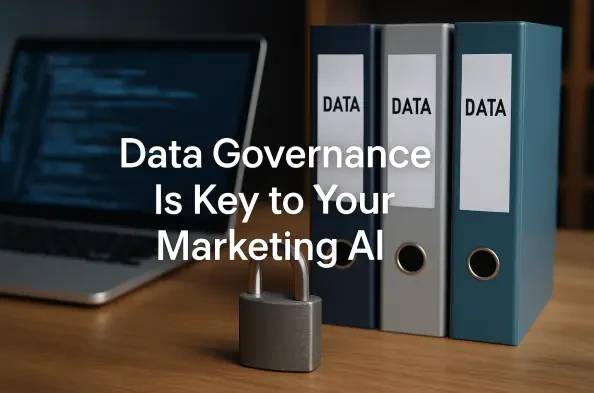Change Management
The digital battlefield has fundamentally shifted as the lines between human and machine adversaries blur at an unprecedented rate, compelling security leaders to confront a new and rapidly escalating reality. Artificial intelligence is no longer a theoretical threat or a distant promise; it is the central theater of operations in modern cyber
Countless organizations now possess artificial intelligence models of astonishing power, yet many of these advanced systems remain stuck in pilot phases or fail to deliver on their transformative promise. The digital landscape is littered with stalled AI initiatives, not because the algorithms are flawed, but because they are being fed from a
While the industry remains captivated by the transformative potential of artificial intelligence, the most significant competitive advantage is being forged in a far more fundamental discipline: the quality and integrity of the data that fuels these sophisticated systems. Marketers increasingly entrust AI tools to identify their most valuable
The modern Chief Information Officer stands at a pivotal intersection of unprecedented technological acceleration and persistent geopolitical uncertainty, a position that has fundamentally reshaped the role from a back-office function into a frontline strategic command. As organizations navigated the complexities of 2025, the CIO's mandate
The directive from the boardroom and the market is echoing through enterprise IT departments with undeniable urgency: develop and implement a comprehensive artificial intelligence strategy now. This immense pressure often forces a reactive scramble to bolt AI onto existing products and processes, frequently without a clear understanding of how it





